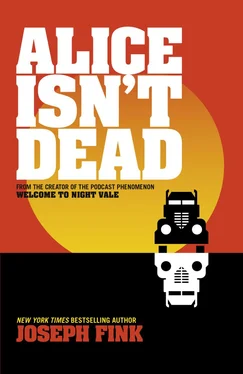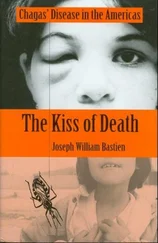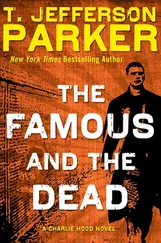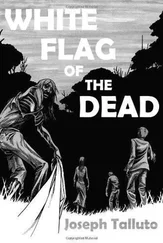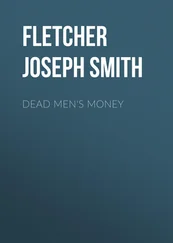It wasn’t an intervention from her friends that broke her out of her stasis, although to their credit they tried. Showing up with food and with concerned frowns and busy hands tidying a house she couldn’t care less about. But none of them were able to reach her. Because they were trying to reach the Keisha they had known, and that Keisha was gone. No, it was not her friends who changed her, but that after two months she grew bored with her absolute grief, and so she pulled herself up against the weight of it and started going to grief counseling groups.
She sat in circles and described the shape of the monster that was devouring her. Because that’s what, as a civilization, we do. We try to talk our way through the ineffable in the hope that, like a talisman, our description will provide some shelter against it. But the monster continued to devour her, no matter how specific her description of it, no matter how honest the shell-shocked sympathy of her fellow mourners.
And when she wasn’t describing Alice, over and over talking about Alice, as though her wife could be resurrected with stories, Keisha watched the news. The news was good, full of tragedy and loss that had nothing to do with her. So many people in pain, she couldn’t possibly be alone, even though she felt as alone as could be. And then, six months after the funeral, somewhere in the third hour of Keisha’s daily news binge: a murder, brutal, somewhere in the Midwest. Bystanders gawking, standing in a circle and trying to describe with only their faces the shape of the monster they had seen. Behind the witnesses being interviewed, unmistakable, staring at the camera as person after person babbled their way through the horrible story—Alice. Keisha laughed, and then sobbed, and then threw up, and then looked again and there was Alice still, looking back at her, not dead at all.
The names on the billboards kept coming. One every three miles. TRACY DRUMMOND. LEO SULLIVAN. CYNTHIA O’BRIEN. They felt more like a memorial than an advertisement.
At the next stop she pulled off the road and searched the names, one after the other. It didn’t take long, because one name was connected to the next, and most of the articles were the same articles. Anxiety bubbled in her blood.
Found near major highways all over the country. Lives torn short under overpasses, on frontage roads, in broad wooded shoulders. Lost even in the age of GPS and Siri. Gashes on thetorsos. Defensive wounds on the hands. Victims of an unsolved serial killings from a murderer who reporters had nicknamed the Hungry Man. The nickname came from the single common thread between all the murders. A human bite on the neck or shoulder or armpit. Not elegant pinpricks, the romance of a vampire, but ragged and clumsy. Every name was a human being who had died alone on the sides of highways. Or, worse, not alone.
Конец ознакомительного фрагмента.
Текст предоставлен ООО «ЛитРес».
Прочитайте эту книгу целиком, купив полную легальную версию на ЛитРес.
Безопасно оплатить книгу можно банковской картой Visa, MasterCard, Maestro, со счета мобильного телефона, с платежного терминала, в салоне МТС или Связной, через PayPal, WebMoney, Яндекс.Деньги, QIWI Кошелек, бонусными картами или другим удобным Вам способом.
